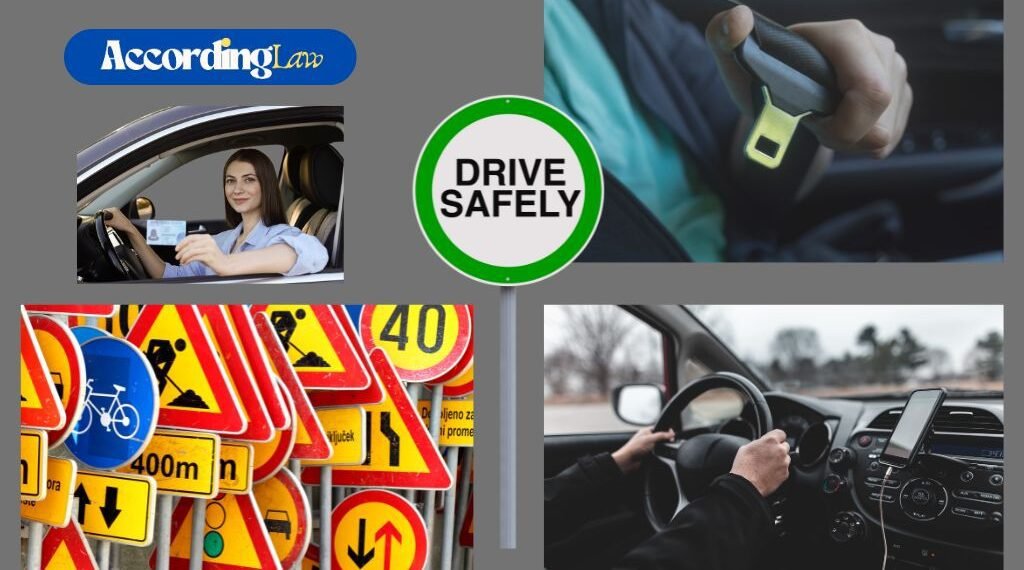Ever wondered how close is too close when driving behind another car? Keeping a safe distance can mean the difference between a smooth stop and a dangerous crash.
Different driving conditions affect how quickly a vehicle can stop. Wet roads, foggy skies, or icy streets make stopping much harder. Even speed, vehicle size, and distractions play a big role. Many accidents happen just because drivers don’t keep enough space.
This blog explains how to adjust your driving distance in various conditions. By the end, expect to drive with more control, confidence, and safety. Read on!
Table of Contents
Understanding the Basic 3-Second Rule
When things are going as planned, the 3-second rule helps drivers keep a safe following distance. First, pick a fixed point that the car in front of you passes. Then, count to three.
You’re too close if your car gets to that point before you finish counting. This rule gives you enough time to act and stop if you need to. It works best on roads that are dry and not too fast.
Adjusting Distance in Rainy Conditions
It takes longer to stop when it rains because the roads become less stable. It’s better to follow the 4- or even 5-second rule when it’s raining.
When tires and brakes get wet, they lose their grip, so more space is needed. Visibility may also be low if the windows are fogged up or if it rains a lot. Keeping your distance gives you more time to safely react.
Driving Safely on Icy or Snowy Roads
It’s very dangerous to stop on snow and ice. This is when you should keep an 8- to 10-second following distance.
Black ice is hard to see and makes you skid quickly. Don’t hit the brakes too hard, and don’t stop or turn quickly. The extra time makes driving safer and smoother.
City vs. Highway Driving Distances
City driving often involves stoplights, pedestrians, and more sudden stops. Keep at least 2 to 3 seconds behind cars, but adjust often for traffic flow.
On highways, speeds are faster, so a longer following distance is usually 4 to 6 seconds. Be alert to merging cars and sudden slowdowns. Space also allows you to switch lanes safely if needed.
Nighttime and Low-Visibility Situations
Driving in the dark or fog requires slower speeds and greater caution. Visibility is reduced, so keeping 5 seconds or more behind is smart.
Headlights help, but don’t reveal everything soon enough to stop fast. Road signs, curves, or hazards can appear without warning. More distance gives peace of mind and reaction time.
Extra Space Around Larger Vehicles
Trucks and buses take longer to stop and have larger blind spots. Give them more room in front and behind. Never follow too closely behind a truck, as it blocks your view of the road.
Also, large vehicles may roll back slightly when starting on hills. When passing, be sure to leave space before merging back in front.
And remember, how far away should you be from the steering wheel? At least 10 inches for safety in case of airbag deployment.
Mastering Safe Driving Distances
Understanding and practicing safe driving distances is key to avoiding accidents in any weather or traffic condition. Whether it’s rain, snow, or a clear day, knowing how much space to leave gives drivers time to think and act. Conditions change fast, so habits must change too.
Use the tips in this guide as a helpful reminder every time you get behind the wheel. Small adjustments can lead to safer journeys for everyone on the road.
Did you like this guide? Great! Please browse our website for more!


